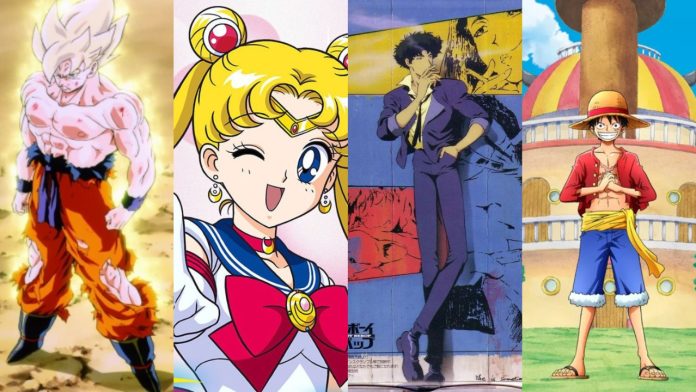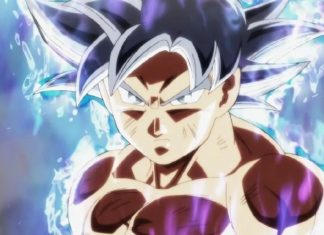When Osamu Tezuka drew inspiration from Disney’s Bambi to create Astro Boy in the early 1960s, he couldn’t have imagined that Japanese animation would one day rival Hollywood in cultural influence. Yet today, anime has transcended its origins to become a defining force in global entertainment, influencing everything from fashion to film, from memes to music videos. This is the story of how a uniquely Japanese art form conquered the world.
The Birth of a Medium
Japanese animation traces its roots to the early 20th century, with the first known anime dating back to 1917. These early works were short experimental films influenced by Western animation techniques. However, anime as we know it truly began taking shape in the post-World War II era, when Japan’s entertainment industry underwent rapid reconstruction and innovation.
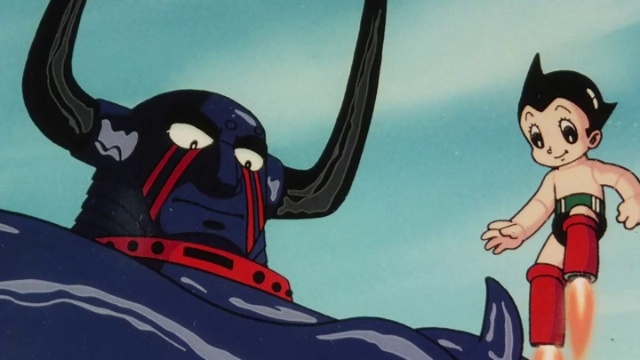
The 1960s marked anime’s transition from theatrical shorts to television series. Osamu Tezuka, often called the “God of Manga,” revolutionized the medium with Astro Boy (Tetsuwan Atom) in 1963. To make weekly television production financially viable, Tezuka pioneered cost-cutting techniques like limited animation—using fewer frames per second and emphasizing dramatic still shots. While born of necessity, these techniques became stylistic hallmarks that distinguished anime from its Western counterparts.
This era also saw the establishment of major animation studios. Toei Animation, founded in 1956, became known as the “Disney of the East.” These studios created the infrastructure that would support anime’s explosive growth in subsequent decades.
The Golden Age and International Awakening
The 1980s and 1990s represent anime’s golden age, when the medium matured thematically and began its global expansion. Series like Mobile Suit Gundam (1979) introduced complex political narratives and moral ambiguity rarely seen in children’s programming. The mecha genre—featuring giant robots—became synonymous with anime, spawning countless iconic series.

This period produced some of anime’s most influential works. Dragon Ball (1986) and Dragon Ball Z (1989) set the template for shonen action anime, with epic battles, power escalation, and themes of perseverance that resonated globally. Sailor Moon (1992) revolutionized the magical girl genre while challenging gender stereotypes, creating a phenomenon that launched thousands of cosplayers.
Films also elevated anime’s artistic credibility. Hayao Miyazaki and Studio Ghibli produced masterpieces like My Neighbor Totoro (1988) and Princess Mononoke (1997), proving animation could deliver sophisticated storytelling for all ages. Katsuhiro Otomo’s Akira (1988) became a cyberpunk landmark, its dystopian Neo-Tokyo influencing everything from The Matrix to Kanye West music videos.
Western audiences first encountered anime through syndicated television in the late 1970s and 1980s. Shows like Battle of the Planets and Robotech were heavily edited and localized, often obscuring their Japanese origins. The real breakthrough came in the 1990s with Cartoon Network’s Toonami block, which introduced millions of American teenagers to relatively unedited series like Dragon Ball Z, Sailor Moon, and Gundam Wing.
The Digital Revolution and Mainstream Acceptance
The internet transformed anime from a niche interest into a global phenomenon. In the early 2000s, fan communities flourished online, sharing subtitled episodes and creating extensive wikis. While piracy was rampant and problematic for the industry, it inadvertently built a massive international fanbase hungry for legitimate access.
Streaming services revolutionized distribution. Crunchyroll, founded in 2006 and legitimized in 2009, pioneered simultaneous broadcasting—simulcasting—allowing international fans to watch new episodes within hours of their Japanese premiere. This eliminated the years-long delays that previously characterized anime localization. Netflix’s aggressive investment in anime from the mid-2010s onward brought productions like Devilman Crybaby and Castlevania to mainstream audiences.
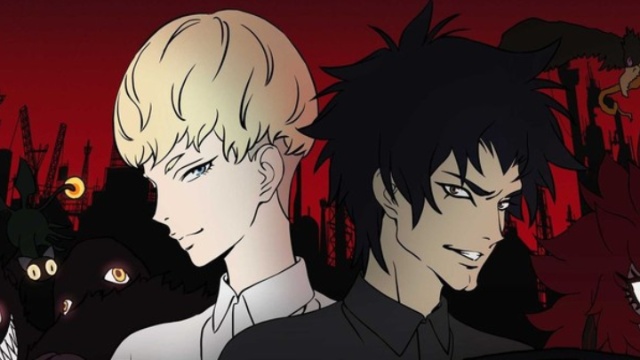
The 2010s saw anime permeate pop culture in unprecedented ways. Attack on Titan (2013) became a global zeitgeist with its dark, intense narrative about humanity’s fight for survival against giant humanoid creatures. My Hero Academia (2016) rejuvenated superhero storytelling with Japanese sensibilities. Demon Slayer: Kimetsu no Yaiba (2019) shattered box office records worldwide, with its 2020 film Mugen Train briefly becoming the highest-grossing film of all time in Japan, surpassing even Spirited Away.
Anime vs. American Animation: A Study in Contrasts
While both mediums use animation to tell stories, anime and American animation have evolved distinctly different philosophies. American animation has traditionally been divided between children’s cartoons and adult comedy (like The Simpsons or South Park), with dramatic animated series for general audiences remaining rare until recently. Anime, conversely, spans every demographic and genre imaginable—from children’s shows to psychological thrillers, from romantic comedies to horror.
Stylistically, American animation typically prioritizes fluid motion and exaggerated expressions, rooted in Disney’s principles of squash-and-stretch. Anime often uses limited animation techniques, compensating with detailed backgrounds, dramatic camera angles, and stylized character designs. The infamous “anime stare”—characters standing still while only their hair and mouths move—is both a budgetary necessity and an aesthetic choice that emphasizes emotional intensity.
Narratively, American animated series have traditionally been episodic with minimal continuity, designed for syndication. Anime more frequently employs serialized storytelling with season-long or multi-season arcs, demanding viewer investment. This allows for complex character development and intricate world-building that rewards dedicated fans.
The target audience differs fundamentally. While American animation is often perceived as “kids’ stuff” (though this is changing with prestige animation), anime explicitly targets specific demographics: kodomo (children), shonen (young boys), shojo (young girls), seinen (adult men), and josei (adult women). This segmentation allows for sophisticated content that respects its audience’s intelligence.
The Icons That Defined Decades
Certain anime transcend their medium to become cultural touchstones. Cowboy Bebop (1998) blended noir, westerns, and jazz into a stylish space opera that critics often cite when arguing animation can be art. Neon Genesis Evangelion (1995) deconstructed the mecha genre while exploring depression and existentialism, becoming anime’s most analyzed series.
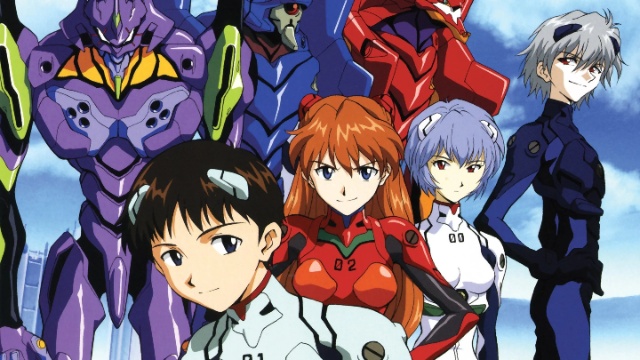
Naruto (2002) and its sequel Naruto: Shippuden dominated the 2000s, its story of a misfit ninja pursuing his dreams inspiring millions. One Piece (1999) holds the Guinness World Record for best-selling manga and continues running after 25 years, its tale of pirate adventure and friendship uniting generations of fans.
More recent phenomena like Jujutsu Kaisen (2020) and Spy × Family (2022) demonstrate anime’s continued innovation and commercial vitality. The medium successfully refreshes familiar genres while maintaining the core elements that make anime distinctive.
Anime as Cultural Export and Soft Power
Anime has become Japan’s most successful cultural export, embodying the concept of “Cool Japan” promoted by the government. The global anime market exceeded $25 billion in 2023, with merchandise, streaming rights, and tourism (fans visiting locations featured in anime) generating substantial revenue.
Conventions like Anime Expo draw over 100,000 attendees annually. Cosplay—dressing as anime characters—has entered mainstream consciousness. Anime aesthetics influence fashion designers, contemporary artists, and filmmakers. Hollywood continuously attempts live-action adaptations, with mixed results that highlight anime’s unique qualities.
Perhaps most significantly, anime has normalized animation as a medium for serious storytelling in Western markets. Shows like Castlevania, Arcane, and Invincible demonstrate clear anime influence in their serialized narratives, visual style, and willingness to tackle mature themes. The distinction between “anime” (Japanese animation) and “Western animation” increasingly blurs as cross-cultural collaborations proliferate.
The Future: Where Does Anime Go From Here?
As anime enters its next chapter, the medium faces both opportunities and challenges. The demand for content has led to concerns about animator working conditions, with many artists facing grueling schedules and low pay despite anime’s profitability. The industry must address these sustainability issues to maintain quality.
AI and digital tools promise to streamline production while raising questions about preserving anime’s handcrafted aesthetic. International co-productions are increasing, with studios in Korea, China, and the West contributing to what was once an exclusively Japanese medium. Whether this globalization will dilute anime’s distinctive identity or enrich it remains to be seen.
What’s certain is that anime has permanently altered the entertainment landscape. A medium once dismissed as “weird Japanese cartoons” now commands respect as a sophisticated art form. From Tezuka’s pioneering work to today’s streaming hits, anime has proven that great storytelling transcends cultural boundaries—and that animation, in the right hands, can be as powerful as any medium in expressing the human experience.
The journey from Astro Boy to Attack on Titan is more than the history of an animation style. It’s the story of how a post-war nation channeled its creativity into an art form that would captivate the world, proving that the most universal stories can emerge from the most specific cultural contexts. As new generations discover anime through TikTok clips and streaming services, the medium’s influence shows no signs of waning. If anything, anime’s conquest of pop culture has only just begun.
ALSO READ: Top 20 Anime Series That Started Strong But Crashed and Burned
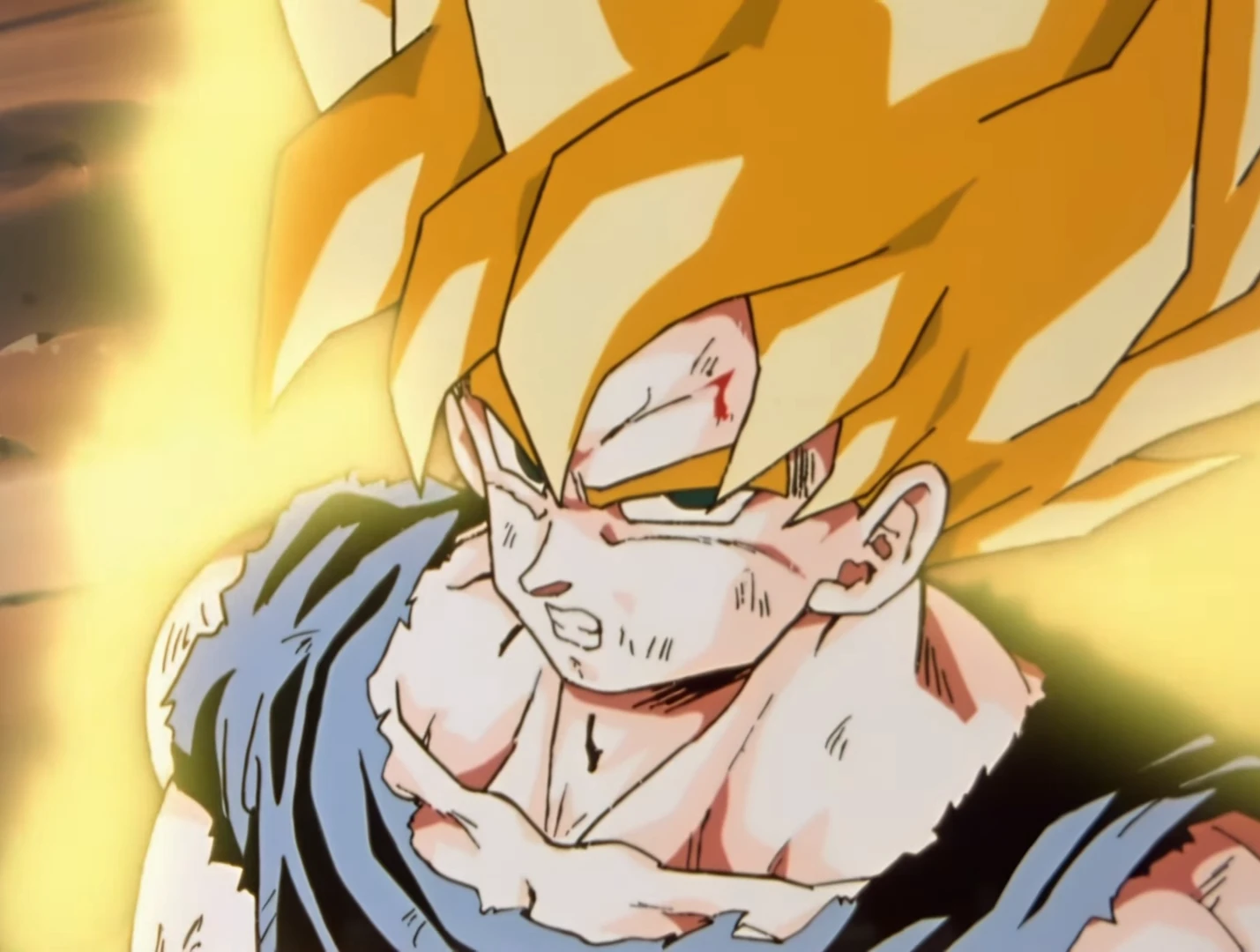
Hello, I am a huge anime fan with a decent experience in writing articles regarding the anime industry.
